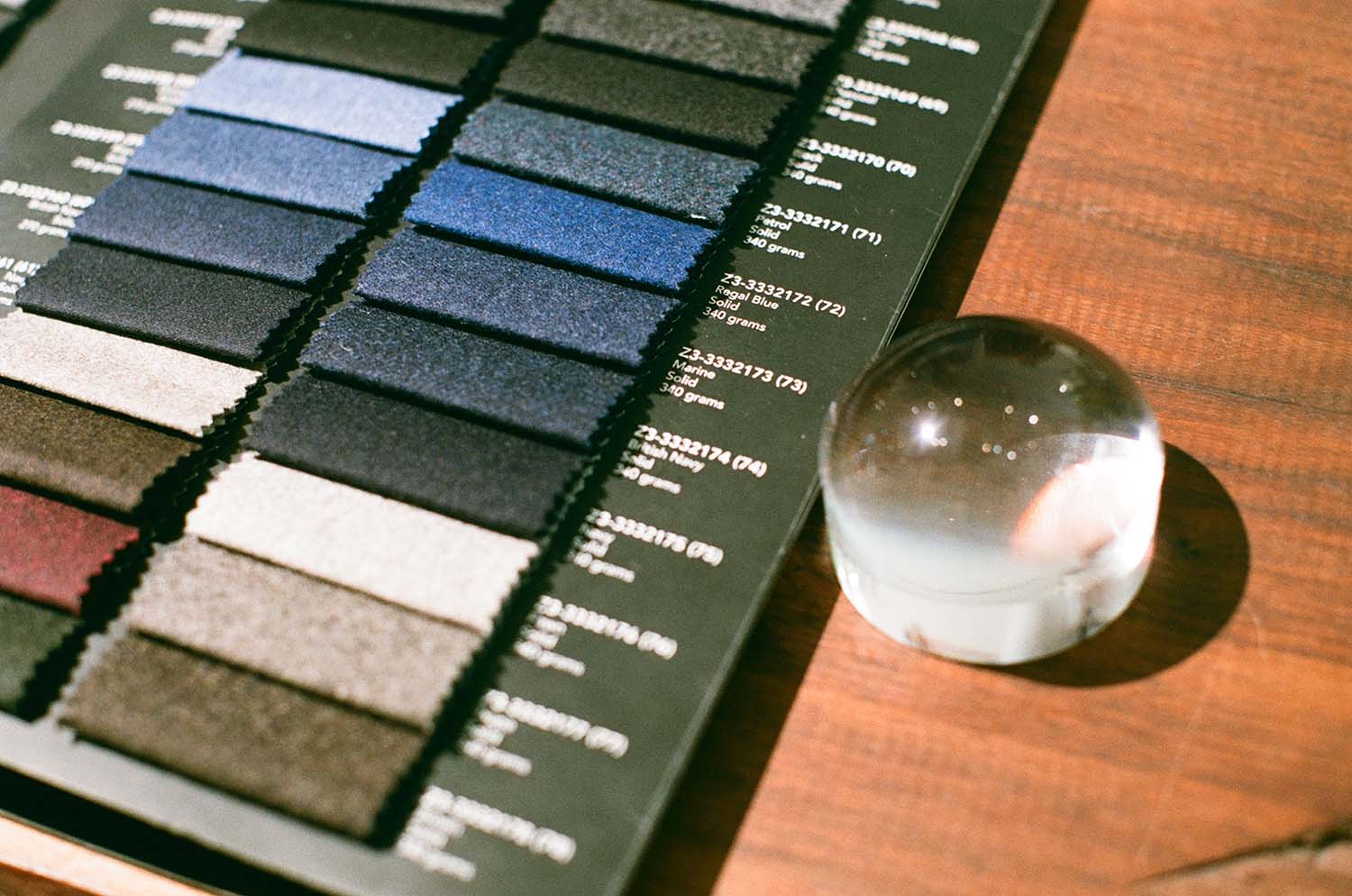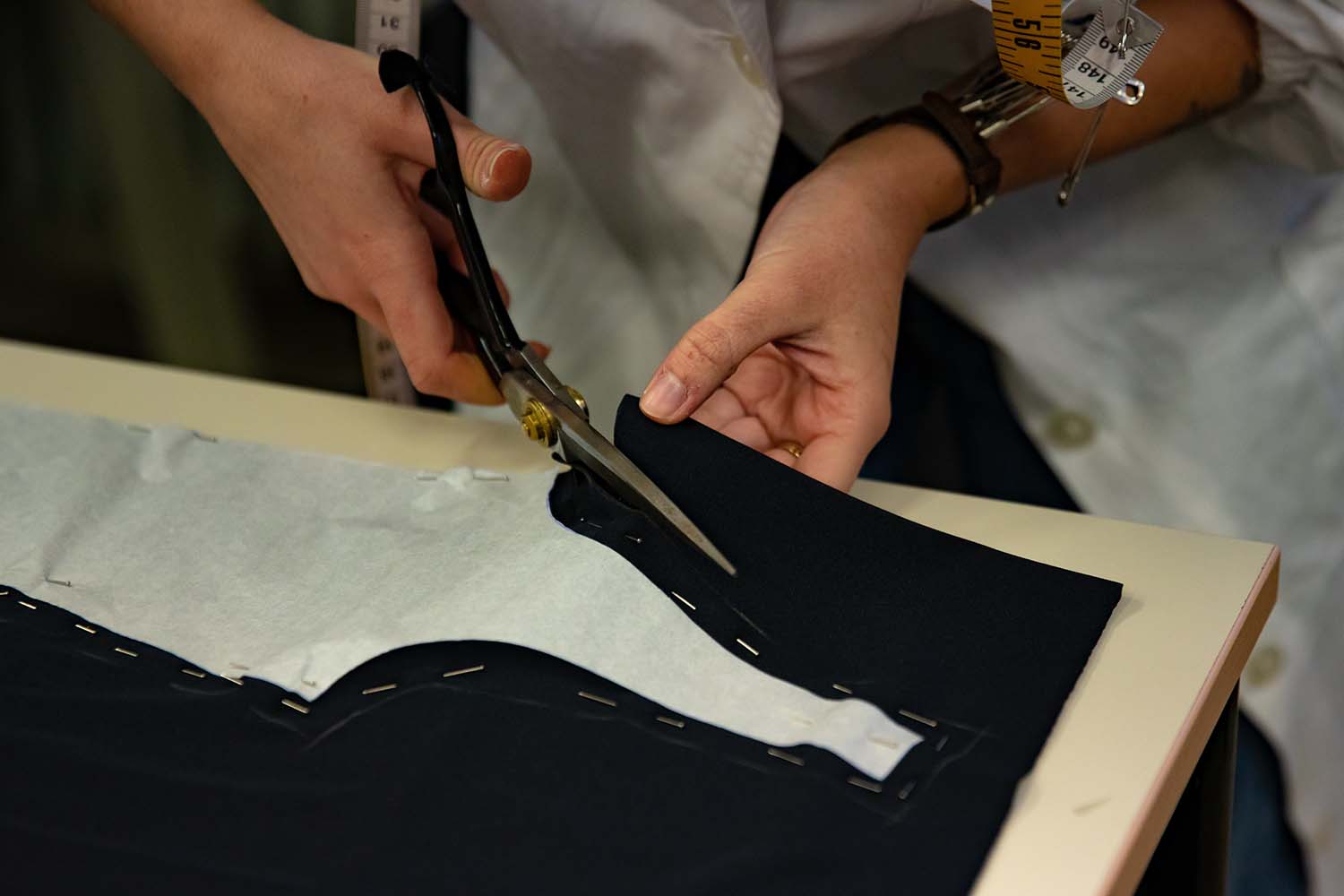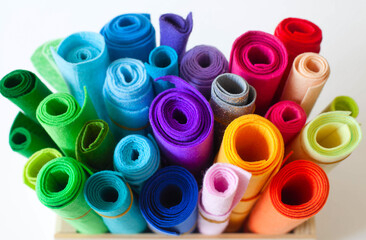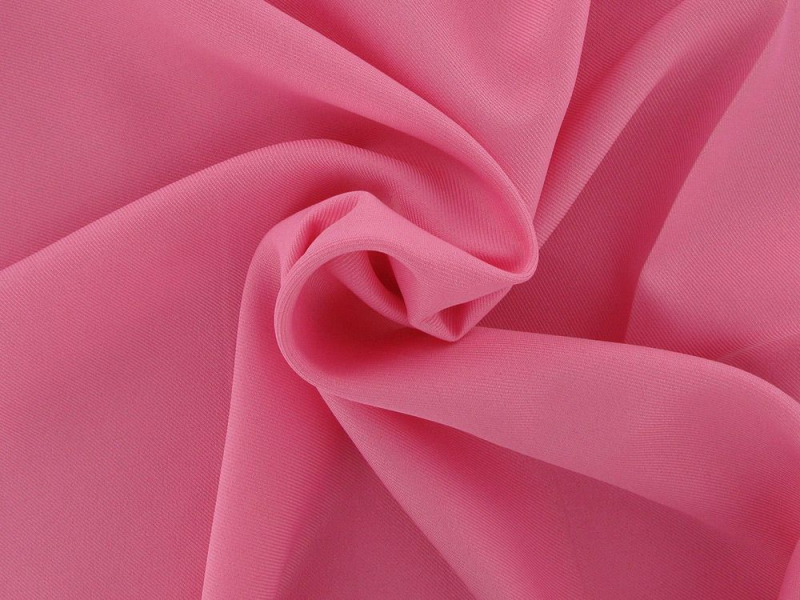What is Suit Fabric? History, Material Types and Care Guide
A classic suit is a staple in all wardrobes. This versatile garment is worn for various occasions, including formal events and workwear. Plus, both men and women have a choice of stylish fits and options in bespoke, designer and high-street brands.
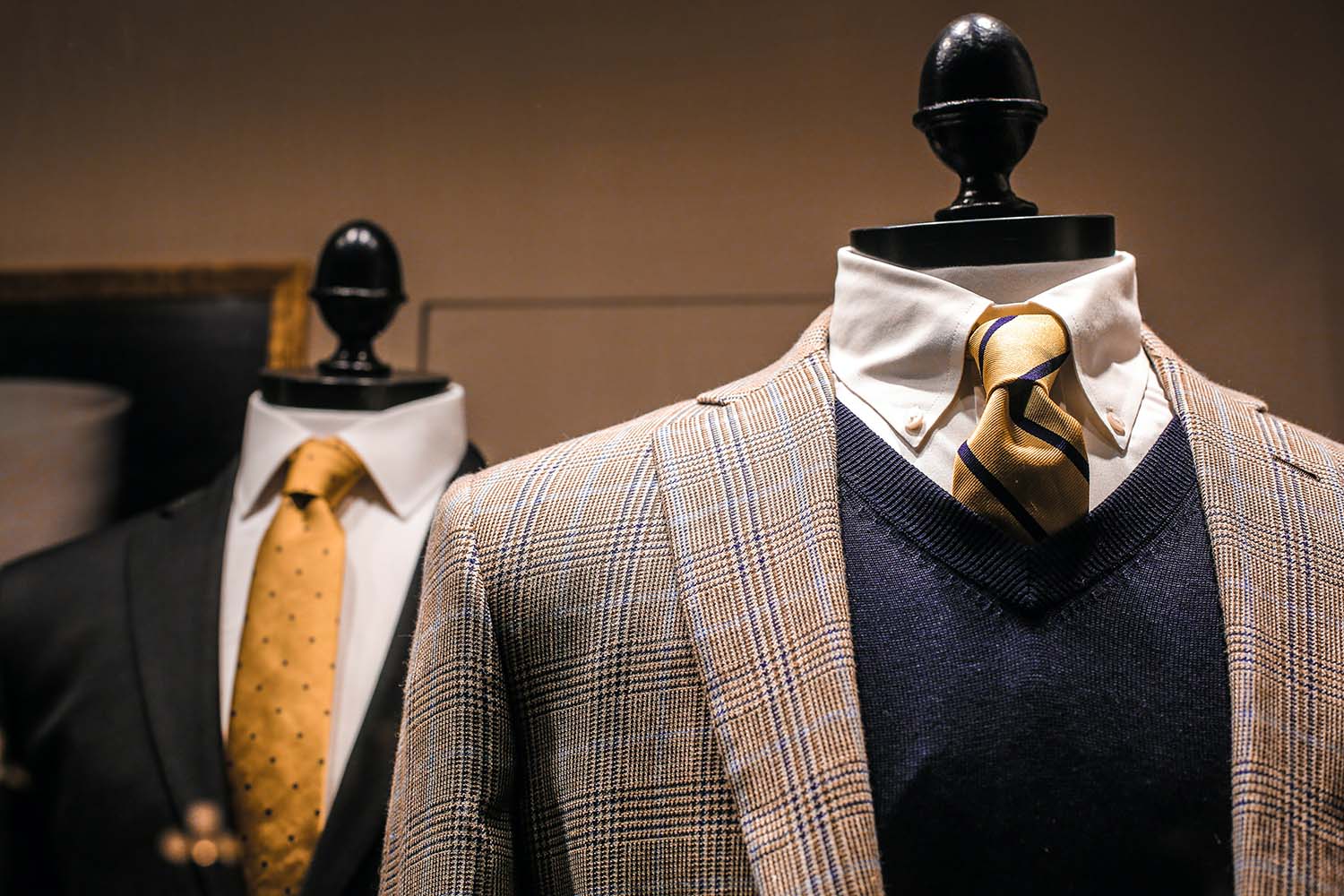
Tailoring as a whole is synonymous with British fashion. Each season, we see a different take on the sharp, sleek lines of a modern suit. More recently, a twist on the classic blends the popular oversized clothing trend with the formal vibes of a suit jacket and trousers. While this trend might seem the complete opposite of tailoring. Designers are innovating with a slouchy and relaxed design to bring consumers an accessible and unique look.
It’s often said you can immediately spot the quality of a suit due to the fit and material used in the design. So, where did our love of suits begin?
A brief history of British tailoring
Most people will have heard of the infamous London street - Saville Row. In the early 1800s, this is where British tailoring took its place as one of the finest locations to acquire a bespoke suit. In the late 19th century, the entire parade of shops on this street had a variety of tailors and clothing makers that catered to high society.
In modern times, suits are accessible to everyone. However, not all suits are made equal, and the material plays a significant role in price and fit.

What fabric is used for suits?
The term suiting fabric describes any woven material used to make suits and tailored clothing. The most common fabrics are wool, cotton, linen and tweed. However, there are numerous options depending on the look and style you want to achieve.
The quality of suiting fabric is an integral part of garment construction. Suits are typically made in thicker materials such as wool to hold the shape and provide longevity. This aspect also impacts the cost of the suit. Bespoke fits are also more expensive as they are tailored to your measurements.
Types of suit fabric
Wool
Wool is one of the most common fabric types for high-quality suits. While the image of wool depicts a light, fluffy texture - wool used for suits is quite the opposite. This fabric is also known as worsted wool and is made of straight, tight fibres, which give it a smoother finish. Using this fabric allows the designer to create different suit thicknesses depending on the customer’s preference.
Wool has several other benefits in suit making, including:
- Breathability
- Wrinkle-resistance
- Water-resistance
- Ideal for structured tailoring
- Keeps you warm
Linen
No summer wardrobe would be complete without a linen suit. This fabric is a popular choice for lightweight, tailored looks. Plus, the material is incredibly breathable. However, the only major downside to linen is how much it creases during wear.
The texture and composition of the fabric mean it wrinkles easily. But don’t let that put you off, as a linen suit still looks stylish even with a few crinkles.
Cotton
Cotton suits have risen in the style stakes over the past few years. Many garments are made with this material, so it is a natural choice for tailored looks. In addition, these suits typically fall into the smart-casual category due to the fabric’s slight stretch and lightweight feel.
As with similar garments, cotton suits are comfortable and come in a range of colours. This makes them a perfect choice for special occasions and everyday wear.

Synthetic materials
Many tailors will advise you to purchase suits made from natural fibres due to their quality and breathability. However, over the past few decades, suits made from synthetic fabrics such as polyester and viscose provide an affordable alternative for formal looks.
Suits made in these materials are often blended with other fabrics such as cotton. So you have some of the benefits of the natural material. However, synthetic alternatives can lack a quality finish and present a shiny appearance.
How to care for suiting fabric
The care guide for suit fabric varies depending on the material you choose. However, as general guidance, there are a few key things to follow:
- Always read the care label
- Spot clean suit jackets with a damp cloth
- Steam your garments to reduce creasing and kill odour-causing bacteria
- Hang your suit up and avoid stuffing it into a suit bag for long periods of time – the material needs to aerate
- Don’t put a dry clean only suit in the washing machine – the garment could shrink considerably and lose its shape
Create a bespoke tailored suit
Looking for a perfect suiting fabric for your next sewing project? Explore our range of options in classic colours and prints to tailor your new suit design to your personal style.

